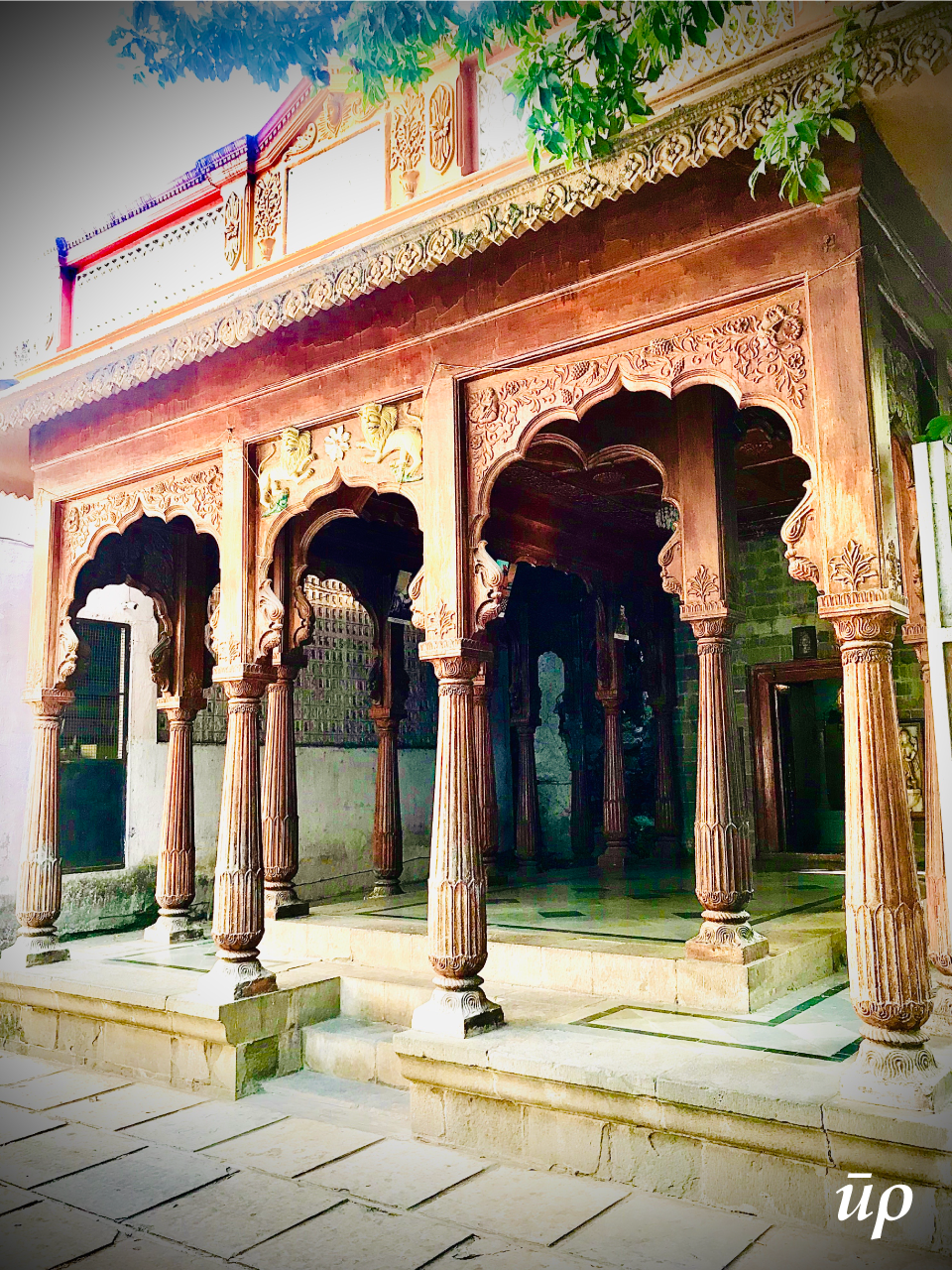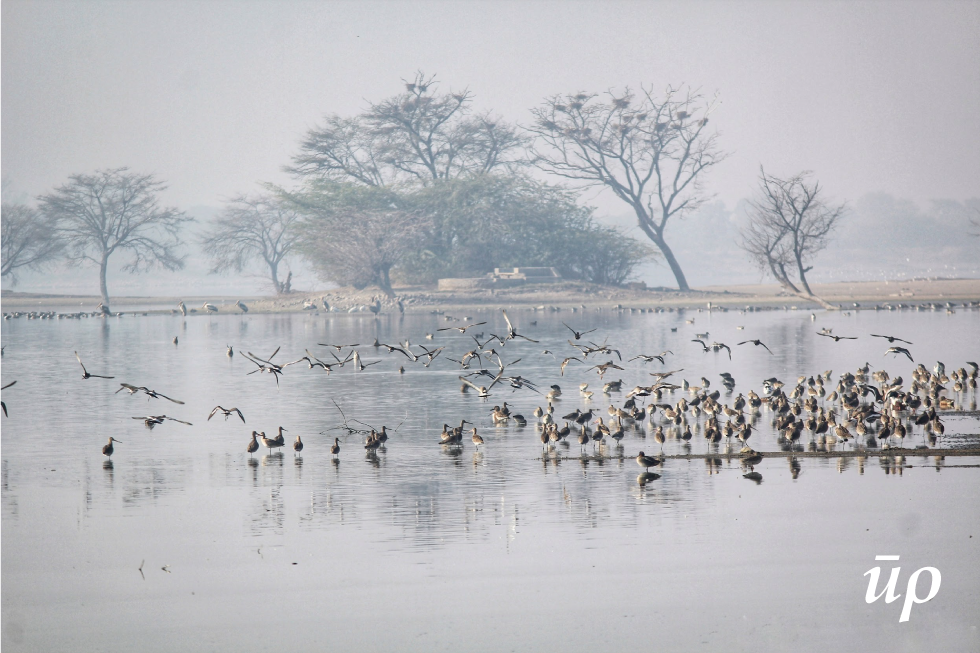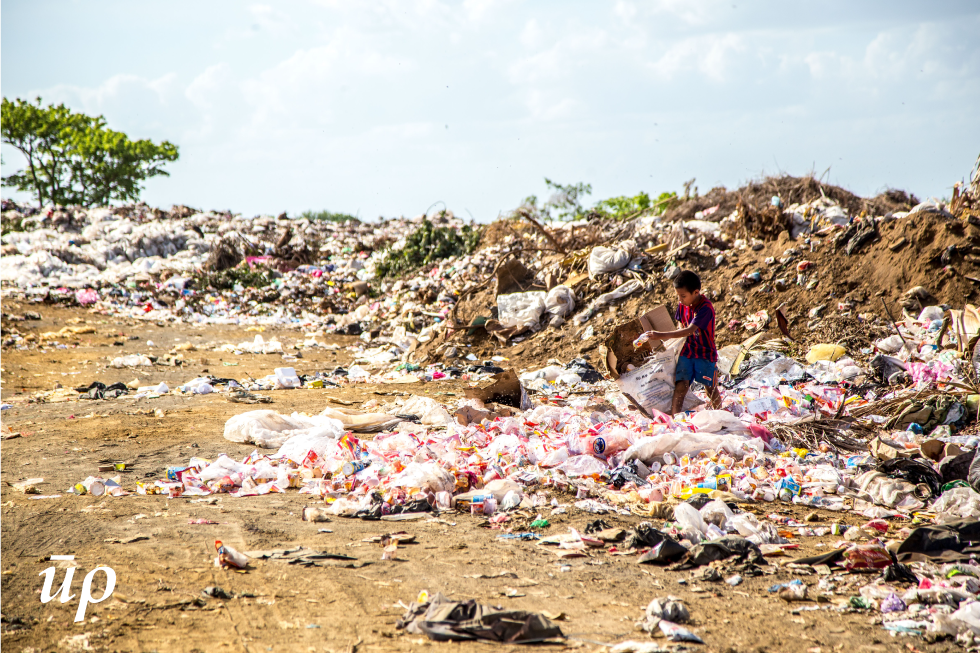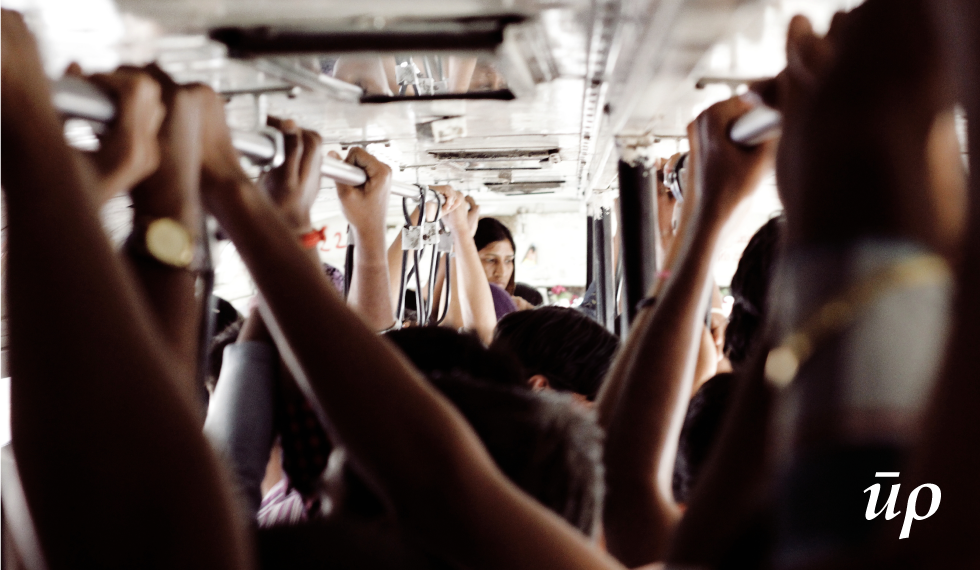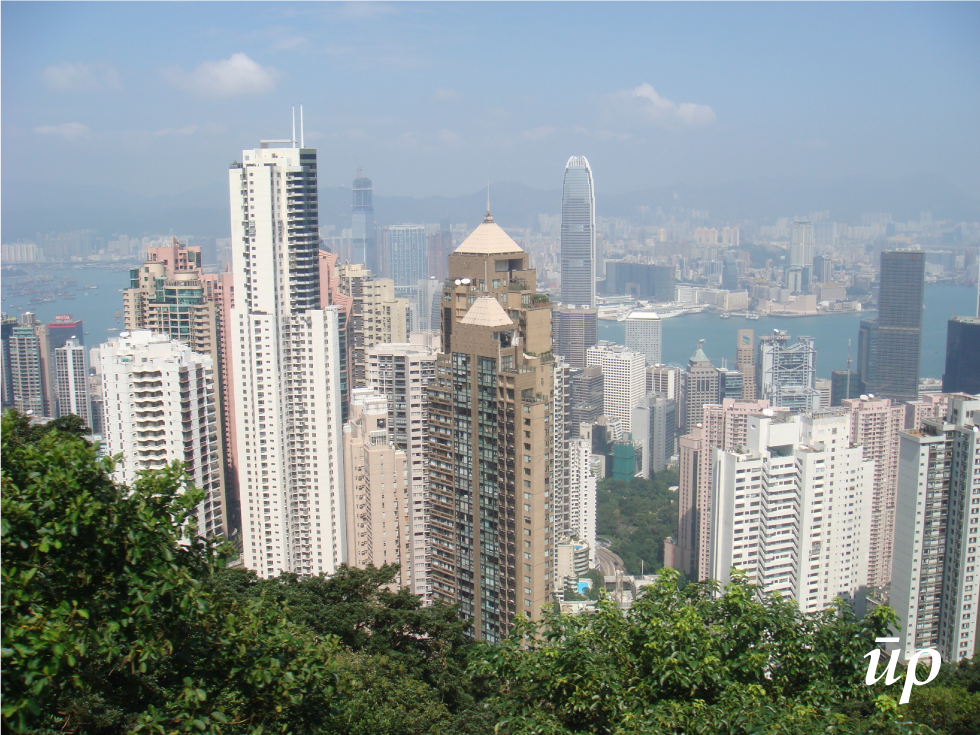The city of Pune is widely known for its cultural and institutional diversity. It is the second-largest city in Maharashtra state, after Mumbai, and eighth-most populous city of the country. The city offers variants of architecture styles co-existing efficiently and one of these is Wada architecture. This article highlights the importance of traditional Wada culture and its adaptation to the new trends of Pune.
Poona settlement originated in 937 BCE, as a part of Rashtrakuta dynasty. It has been under the rule of several emperors. The most impactful and transformative period for this settlement was sixteenth century onwards, during the rule of Maratha dynasty. That’s when Wada culture was introduced to the region. A Wada can be described as the smallest unit of a neighbourhood planning system. It demarcates the residential structures. This building concept originated in parts of Gujarat and Maharashtra to combat with harsh climatic conditions that prevail in the region. A typical Wada is designed to accommodate three zones which are public, semi-public and private. These zones are bound together with provision of a courtyard which serves two purposes – buffer and passive cooling promotion. Usually, a Wada comprises of two courtyards providing ample space for cross-ventilation and natural light to all the rooms.
Continue reading “Modern-Vernacular Fusion: A Case of Wada Architecture in Pune”